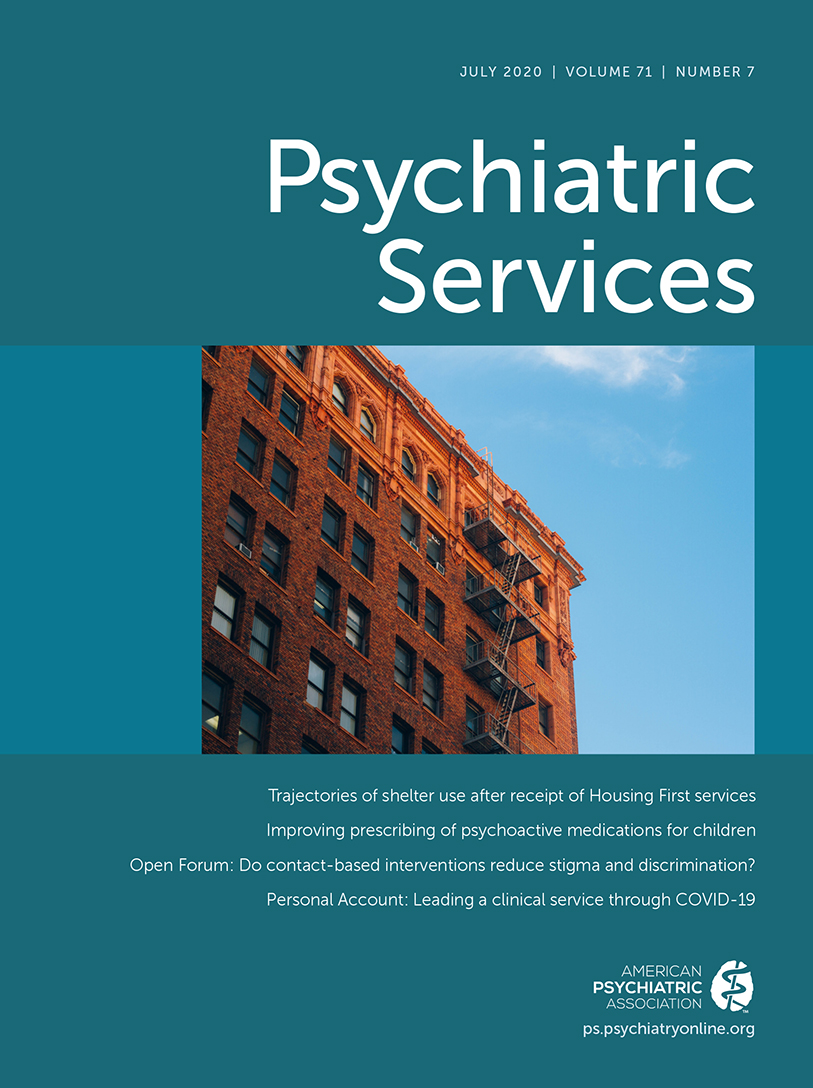Policy and Practice Innovations to Improve Prescribing of Psychoactive Medications for Children
Abstract
Psychoactive medications are the most expensive and fastest-growing class of pharmaceutical agents for children. The cost, side effects, and unprecedented growth rate at which these drugs are prescribed have raised alarms from health care clinicians, patient advocates, and agencies about the appropriateness of how these drugs are distributed to parents and their children. This article examines current prescribing of three classes of psychoactive drugs—stimulants, antidepressants, and antipsychotics—and efforts to improve pediatric prescribing of these agents. Federal policy efforts to curb questionable prescribing of psychoactive medications to children have focused particularly on oversight of antipsychotic use among foster care children. The article reviews system-level interventions, including delivery system enhancements, which increase availability of alternatives to medication treatments, employ electronic medical record reminders, and increase cross-sector care coordination; clinician prescribing enhancements, which disseminate best-practice guidelines, create quality and learning collaboratives, and offer “second opinion” psychiatric consultations; and prescriber monitoring programs, which include retrospective review and prospective monitoring of physicians’ prescribing to identify patterns suggestive of inappropriate prescribing. Potential interventions to deter inappropriate pediatric prescribing are briefly described, such as transparency in drug prices and incentives among insurers, public agencies, and pharmacy benefit managers; value-based purchasing, specifically value-based payment for medications; and preventive interventions, such as parent training.



